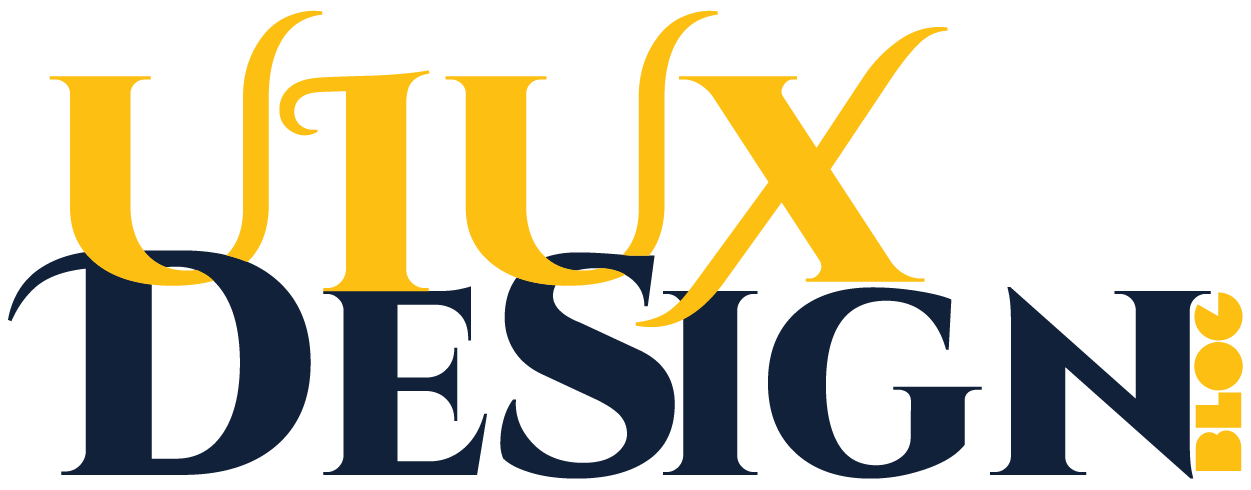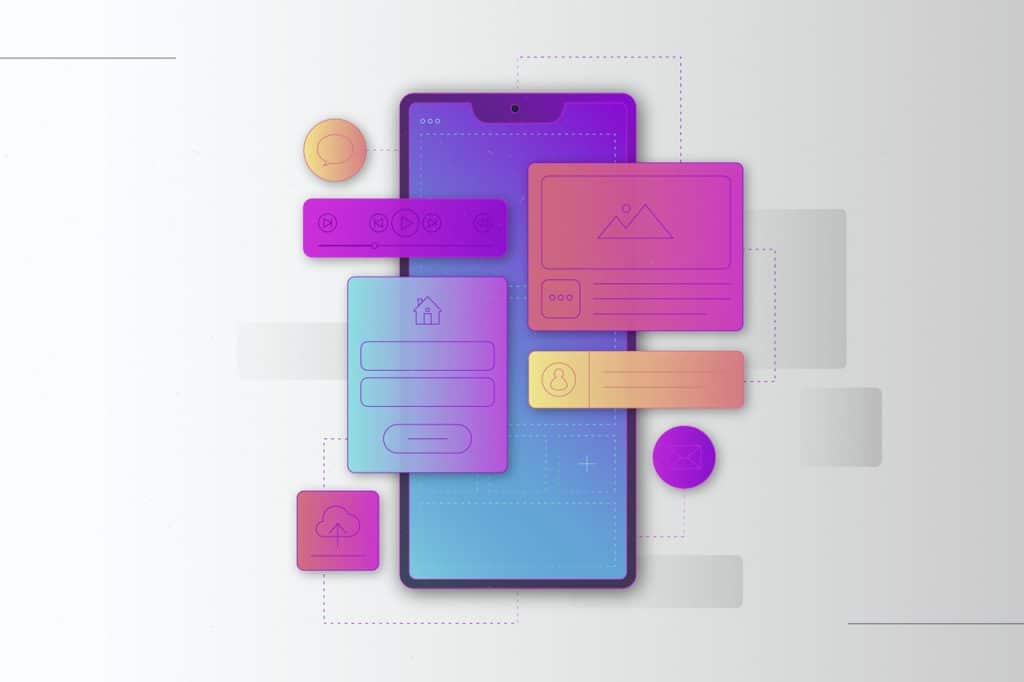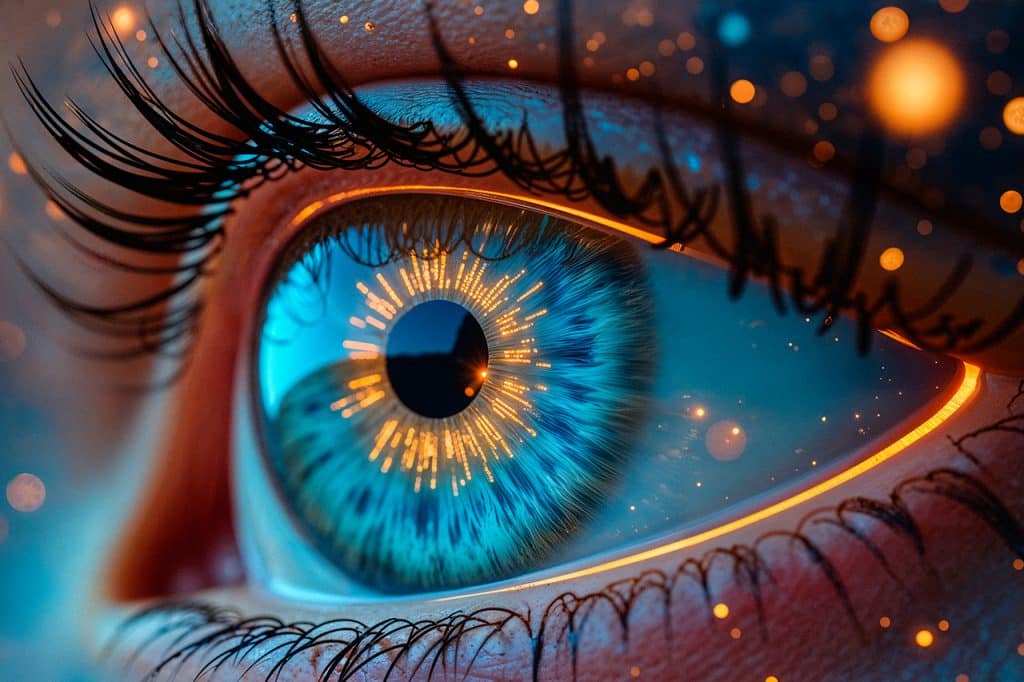Designing a successful product isn’t just about aesthetics—it’s about solving real problems, meeting user needs, and aligning with business goals. A well-defined product design process is the backbone of this journey, ensuring every step is purposeful and efficient. Let’s explore the key stages of the product design process and how they come together to create impactful products.
1. Understanding the Problem
Why It Matters:
Before diving into design, it’s crucial to clearly define the problem your product aims to solve. This stage involves research and discovery to understand the user’s pain points and the market context.
Activities:
- User Research: Conduct interviews, surveys, and usability studies to identify user needs.
- Market Analysis: Analyze competitors and trends to find gaps and opportunities.
- Define Goals: Align the product’s purpose with business objectives.
Outcome:
A problem statement or Design Brief that sets the foundation for the project.
2. Ideation and Concept Development
Why It Matters:
This is where creativity meets strategy. Ideation allows you to explore multiple solutions and zero in on the most viable concept.
Activities:
- Brainstorming: Generate diverse ideas through collaboration.
- Sketching: Create rough visuals to explore concepts quickly.
- Personas and User Stories: Develop personas and scenarios to guide design decisions.
Outcome:
A pool of ideas and a validated concept that aligns with user needs and project goals.
3. Wireframing and Prototyping
Why It Matters:
Wireframes and prototypes translate ideas into tangible designs, allowing teams to visualize the structure and flow of the product.
Activities:
- Wireframing: Design low-fidelity blueprints for layouts and user flows.
- Prototyping: Build interactive mockups to simulate real-world usage.
- Feedback Loops: Share prototypes with stakeholders for feedback.
Outcome:
A functional prototype that can be tested for usability and feasibility.
4. User Testing and Validation
Why It Matters:
Testing ensures your design solves the intended problem effectively while minimizing usability issues.
Activities:
- Usability Testing: Observe real users interacting with the prototype.
- A/B Testing: Compare variations to determine the best-performing design.
- Iterative Improvements: Refine the design based on feedback.
Outcome:
Insights into user behavior and a refined product ready for development.
5. Visual Design
Why It Matters:
The visual design stage focuses on aesthetics, ensuring the product is not only functional but also visually appealing and consistent with the brand identity.
Activities:
- Design Systems: Establish a consistent style guide for colors, typography, and components.
- High-Fidelity Mockups: Create pixel-perfect designs for development.
- Micro-Interactions: Add animations and transitions to enhance user experience.
Outcome:
A polished design ready to be handed off to developers.
6. Development and Handoff
Why It Matters:
Seamless collaboration between designers and developers ensures the vision is realized accurately in the final product.
Activities:
- Design Handoff: Use tools like Figma or Zeplin to share assets and specs.
- Developer Collaboration: Work closely with developers to clarify design intentions.
- Quality Assurance: Test the product for visual and functional consistency.
Outcome:
A fully implemented product ready for launch.
7. Launch and Iteration
Why It Matters:
The design process doesn’t end with the launch. Post-launch feedback helps refine the product for better performance and user satisfaction.
Activities:
- Monitor Analytics: Track user behavior and performance metrics.
- Collect Feedback: Gather insights from users and stakeholders.
- Continuous Improvement: Iterate on the product based on findings.
Outcome:
A product that evolves to meet user expectations and market demands.
Best Practices for an Effective Product Design Process
- Stay User-Centric: Keep the user at the heart of every design decision.
- Iterate Often: Embrace feedback loops to refine and improve.
- Collaborate Cross-Functionally: Work closely with stakeholders, developers, and marketers.
- Document Everything: Maintain thorough documentation for future reference.
- Focus on Scalability: Design systems and processes that can adapt as the product grows.
Conclusion
The product design process is a blend of creativity, strategy, and collaboration. By following a structured approach, teams can navigate from a vague idea to a well-executed product that delights users and achieves business goals.
No matter where you are in your design journey, remember: great products are built through iteration, empathy, and an unwavering commitment to solving real problems.


